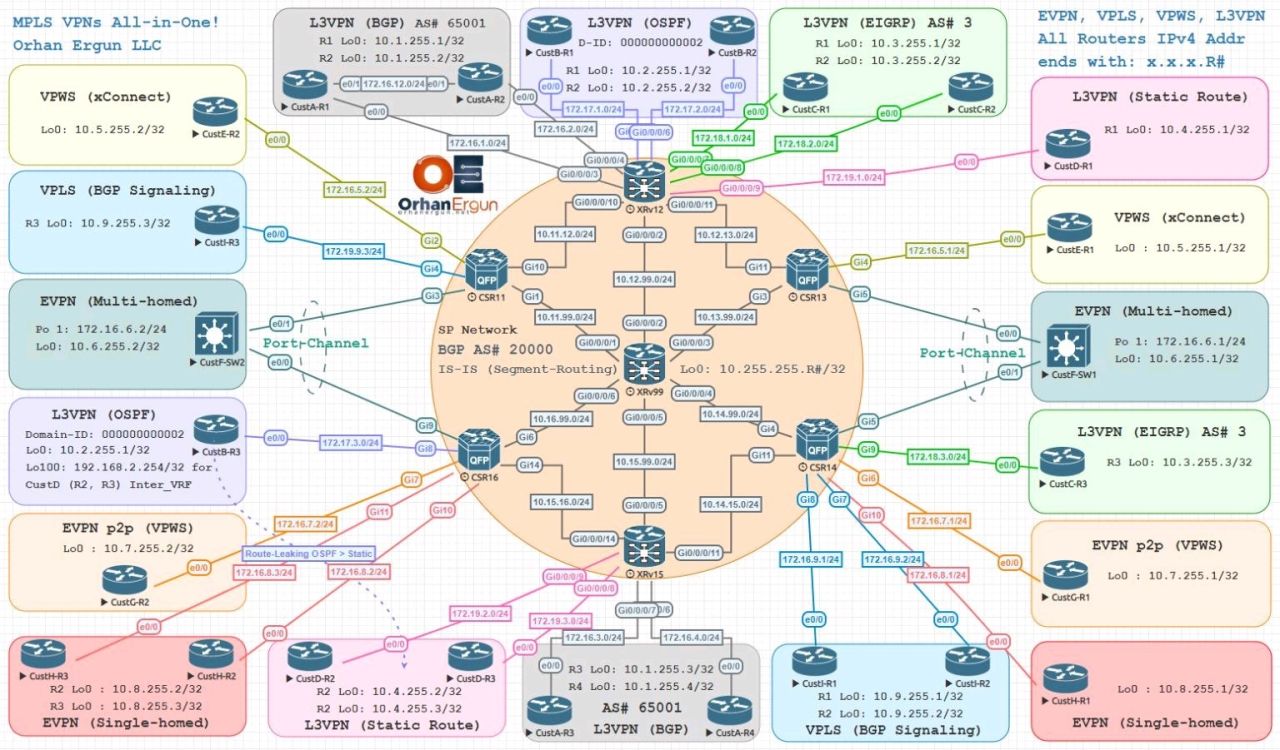Related Courses
Enhance your knowledge with these recommended courses

MPLS Zero to Hero Training
MPLS VPN, MPLS Traffic Engineering, SR-MPLS, Carrier Supporting Carrier, Seamless MPLS and many more MPLS Design and MPLS deployment topics in this trainng course. Learn the newest networking technologies from industry experts and prepare for your certification exams.
$59.99
View CourseBecome an Instructor
Share your knowledge and expertise. Join our community of instructors and help others learn.
Apply Now
About the Author
Mike Schule
Hi I'm Mike, I've been working for 7 years as a Network Engineer. I'm trying to reach readers who interested in this industry through my blogs.
Share this Article
Subscribe for Exclusive Deals & Promotions
Stay informed about special discounts, limited-time offers, and promotional campaigns. Be the first to know when we launch new deals!